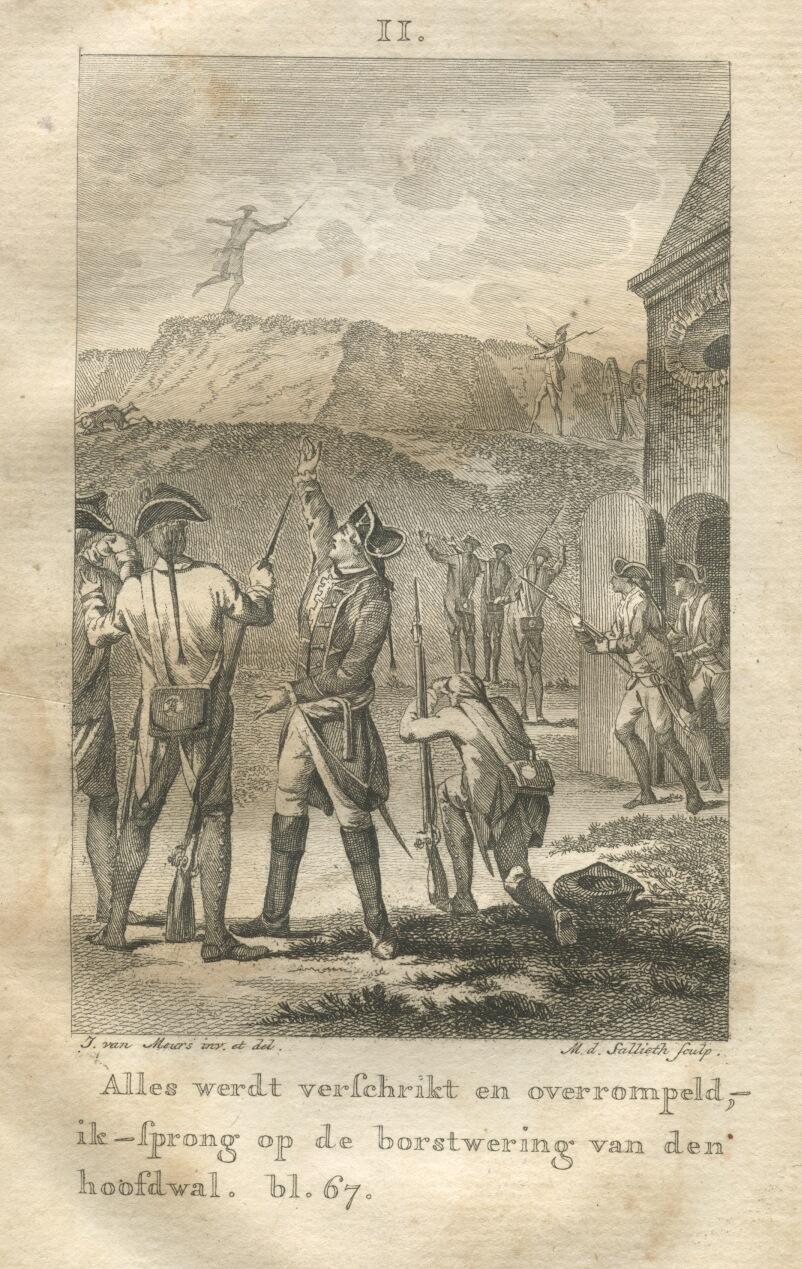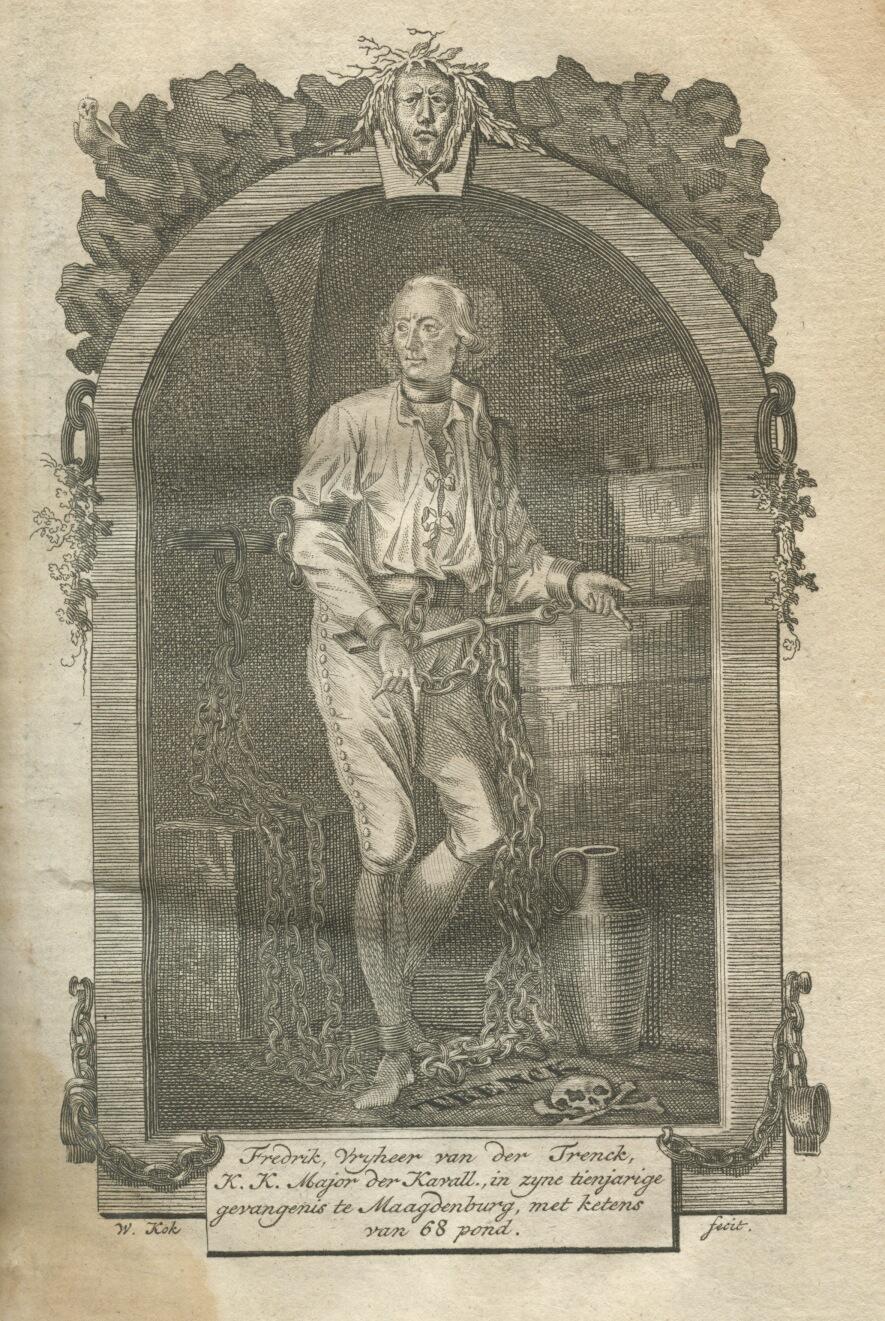João Francisco António José Bento Bernardo, affectionately known as, "The Magnanimous"
| John V of Portugal by Pompeo Batoni |
We have spent a fair few days on the continent of late with stories of revolutionary France and Austria; let's continue our tour with a trip to Portugal, for an audience with John V, the Magnanimous, King of Portugal and the Algarves.
When John was born to Peter II and Maria Sofia of Neuburg, the house of Braganza was already in crisis, with no male heirs to succeed to the throne. In fact John's birth would mark the start of a period of new fecundity for the king and queen, with seven children following after this newborn son, styled as Prince of York and 11th Duke of Braganza.
John was 16 when his father died in 1706 and was proclaimed king on 1st January 1707; just one year later he married Archduchess and Princess Imperial Maria Anna of Austria, Princess Royal of Hungary and Bohemia, daughter of Leopold I, Holy Roman Emperor and his third wife, Eleonore Magdalena of the Palatinate-Neuburg. This was a shrewd tactical move, ensuring a strong alliance with Austria and flourishing connections in Europe including France and Spain.
John was a gifted business strategist and achieved what so many of his contemporaries sought for, an absolute monarchy. Portuguese prospectors were growing rich on gold and diamonds mined in Brazil, a Portuguese colony, and John recognised the invaluable source of revenue this could provide. Taking a fifth of the spoils from the mines, the crown grew immensely wealthy and with that money came power, the monarch now absolute ruler of his domains and what rich domains they were!
Portugal was raking in the sort of wealth that other kingdoms could only dream of and John set about spending the spoils of colonisation. He constructed enormous ornate palaces as grandiose proof of his financial clout and set about filling them with works of art, literature and antiquities. In addition to indulging his own love of the arts, John established Portugal as a strong and growing centre of manufacturing. Not content with this, he created seats of learning and education where, he hoped, his own love of art and antiquity would be passed to subsequent generation. A passionate follower of the art, literature and music, John amassed an enormous and priceless collection in Lisbon and, like so much of that same city, much of this was lost in 1755 when an earthquake struck, bring floods and fires that raged unchecked for days. It was a devastating blow to the cultural heritage of Portugal and one that would no doubt have broken the heart of the man who cared so much for the collection he had gathered from across the world, had he been alive to see it.
When many other countries were actively pursuing aggressive expansion, John instead remained neutral in European conflicts and focussed his energies and his bribery skills on building a relationship with the Vatican. More than anything he was determined to win the recognition and support of the Pope for his absolutist policies, an ambition that was realised in 1748. After years of lobbying and negotiation, John was awarded the title of Most Faithful Majesty of Portugal by Pope Benedict XIV, a successful triumph at the end of a long campaign.
However, all the wealth and privilege were of no help when John suffered a serious and debilitating stroke in 1742. Unable to return to his political duties he devoted himself to religion as the country, so dependent on his guidance, began to stumble. An absolute monarch is never popular amongst the ruling classes and with the King indisposed, the people of the nation became pawns in a game played by those who now jostled for influence. When he died in 1750, his son, Joseph, inherited a country in turmoil and passed the day to day running of it to Sebastião José de Carvalho e Melo, the Marquis of Pombal, a man we'll meet on another day.






